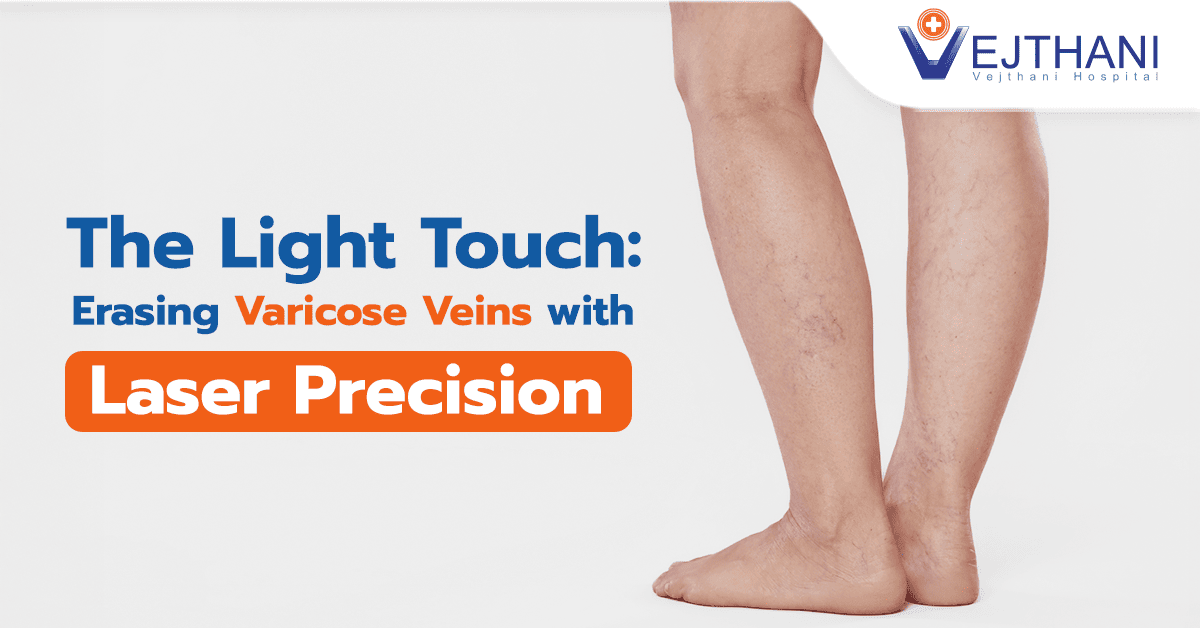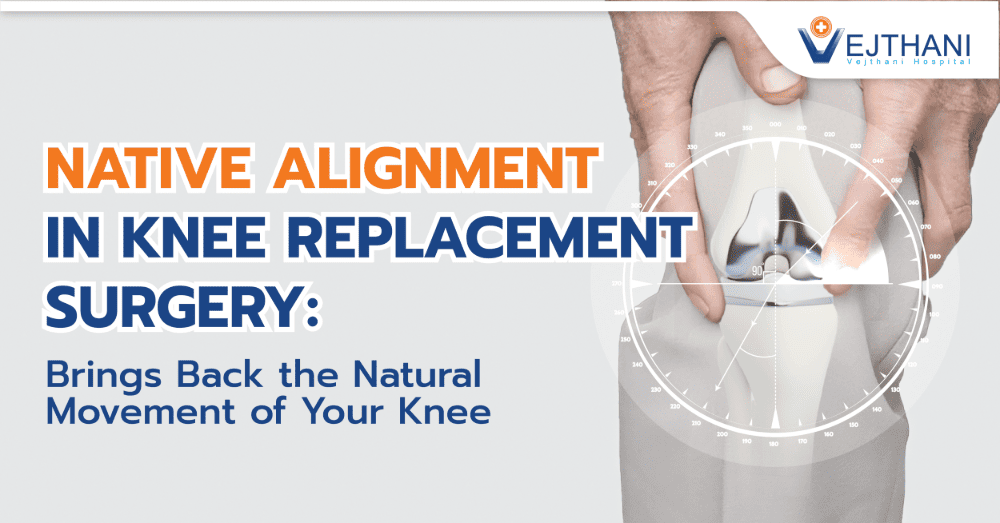
Cupping therapy
Overview
Cupping therapy, an ancient healing practice, aims to relieve pain by applying cups to various body parts like the back, stomach, arms, or legs. These cups create suction that pulls the skin upward, drawing blood towards the treating area to enhance the body’s natural healing processes. Originating from China and West Asia, cupping therapy has been utilized for millennia under various names such as suction cup therapy or simply cupping.
A range of healthcare professionals, such as the following, can be trained in cupping:
- Medical doctors
- Massage therapists
- Physical therapists
- Acupuncturists
- Chiropractors
Types of cups
Most suppliers use plastic or glass cups, however other types of cups include:
- Ceramic
- Metal
- Silicone
- Bamboo
Reasons for undergoing the procedure
Suction is used in cupping to move blood toward or away from particular body parts. Cupping is generally used by people to treat painful conditions. Some claim that it also provides relief from persistent (chronic) health problems. Cupping may reduce the signs and symptoms of:
- Arthritis, rheumatoid arthritis among them.
- Pain in the knees, shoulders, back, and neck.
- Migraines and headaches.
- Hypertension
- Breathing problems, including asthma.
- Carpal tunnel syndrome.
- Conditions relating to the digestive system, such as irritable bowel disease (IBD).
Risks
Cupping therapy is comparatively low-risk. However, you might encounter:
- Brusing
- Hot cups that burn.
- Skin irritation, infection, or scarring.
- Tense or painful muscles.
- Nausea.
- Tiredness
- Headache.
Vasovagal syncope, a condition where fainting results from a decrease in heart rate and blood pressure, is rarely observed after wet cupping for individuals who faint due to needle sticks.
During the procedure
Researchers continue to explore the mechanisms behind how cupping therapy alleviates discomfort and symptoms of illness, though it remains relatively under-researched. The therapy involves creating suction that draws fluids into the treated area. This suction causes small blood vessels (capillaries) under the skin to enlarge and occasionally break, prompting the body to initiate its natural healing processes at a cellular level and improve blood circulation in the cupped areas. Some proponents of cupping believe that this process helps in releasing toxins from the body.
There are various cupping techniques, each with slight variations in approach. Typically, cups are left in place for several minutes by the practitioner. In some methods, the cups may be briefly moved around to stretch and massage the area being treated.
Among the techniques for cupping are:
- Dry: Each cup’s interior is heated by your provider. The traditional technique includes igniting an alcohol-soaked cotton ball. The vacuum is caused by the heat forcing oxygen out of the cup. A more contemporary method includes emptying the cups of air using a suction mechanism. Your skin is drawn upward into the cup by the vacuum force.
- Running: Comparable to dry cupping. However, your healthcare professional will apply oil or lotion to your skin before starting. After the cups are in place, they will carefully slide them over the afflicted portion of your body in various directions.
- Bleeding: Before applying the cups, your healthcare professional delicately punctures your skin with a needle. This makes it possible for the suctioned blood that is trapped in the cup to release toxins.
Multiple cups may be applied to your skin by your provider, depending on the treatment. Providers often use three to five cups, although they occasionally use seven. Receiving more than seven cups in one treatment is unusual.
After the procedure
The suction force of cupping ruptures the small blood vessels, known as capillaries, in your skin. The round, red marks left by cupping therapy typically fade within a week or two. These marks may resemble bruises, but they do not indicate damage to muscle fibers like actual bruises do.
Outcome
Research findings on the effectiveness of cupping therapy are inconsistent. Experts highlight various potential benefits associated with cupping, suggesting that a combination of these factors may contribute to its effectiveness.
Cupping therapy may:
- Promote better blood flow.
- Get rid of toxins from your body.
- Promote total body ease and tranquility.
- Raise your threshold for pain.
- Reduce inflammation.
- Increase red blood cells.
- Lower Low-Density Lipoprotein (LDL) and cholesterol levels.
- Aid in the prevention of heart conditions like atherosclerosis.
- Activate your peripheral nervous system.
Most doctors recommend cupping as a complementary therapy. It should be used alongside conventional Western medicine rather than as a standalone treatment.
Contact Information
service@vejthani.com






















